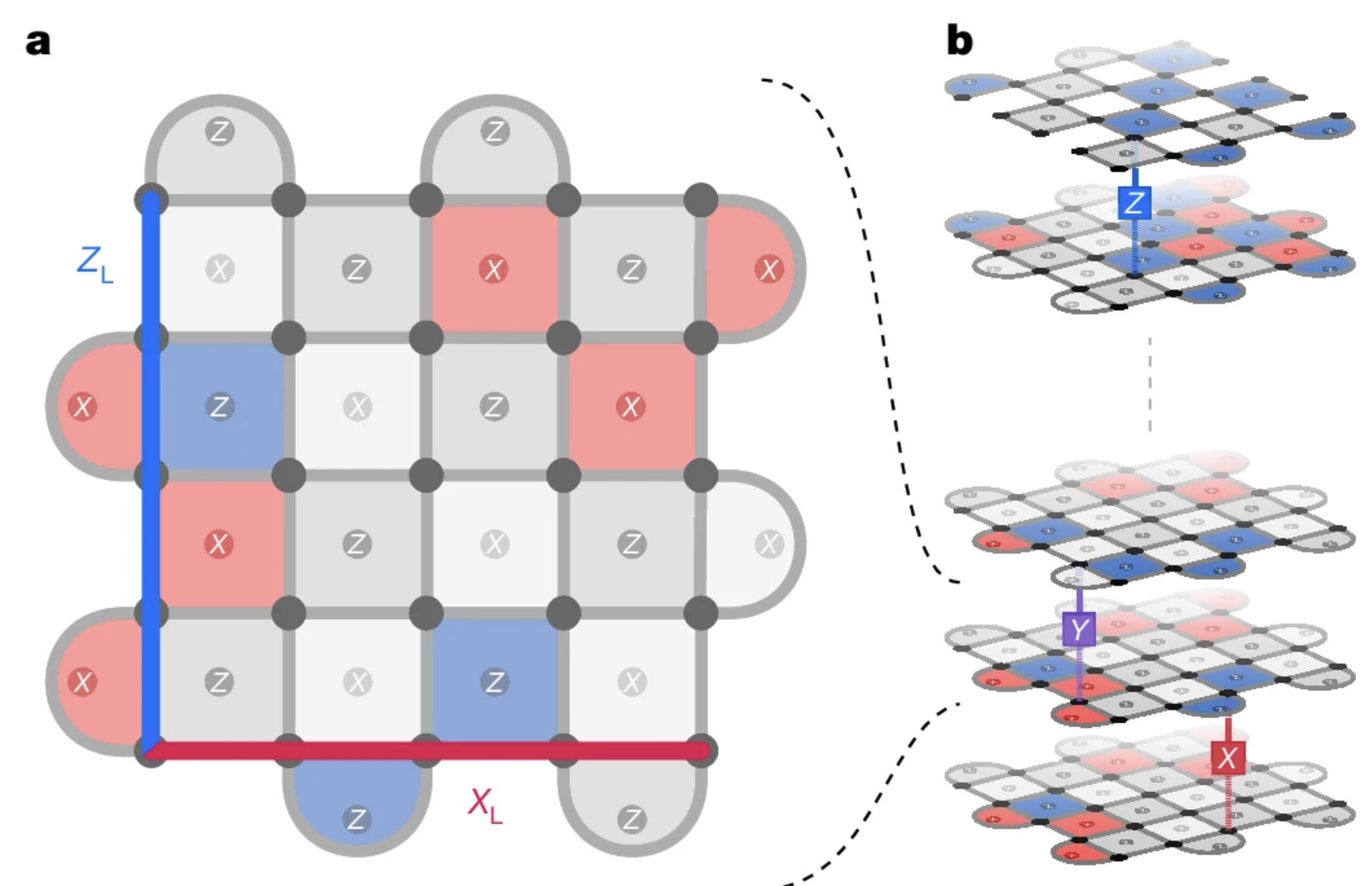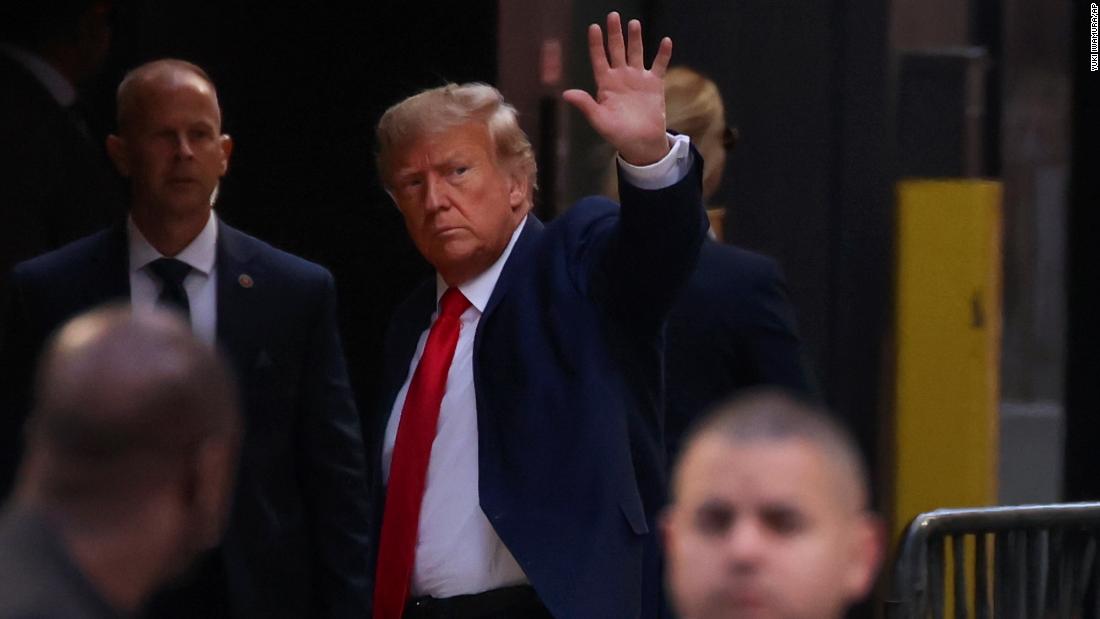North Korean taekwon-do to change name of ‘unification’ pattern for political reasons
The name does not align with Kim Jong Un's recent shift away from South Korea.
By Park Jaewoo for RFA Korean
A series of taekwon-do moves called the “unification pattern” or "tongil tul" in Korean will be renamed by a faction of the North Korea-backed taekwon-do federation for political reasons, senior officials outside of that faction told Radio Free Asia.
In taekwon-do, patterns, known as "poomsae" or “tul” in Korean, are a series of attack and defense maneuvers in a specific order, used as a means to practice technique.
The tongil pattern, which has 56 steps, will now be referred to as the “Chang Hon” pattern, after the pen name of Gen. Choi Hong Hi, regarded as the founder of taekwon-do, because references to unification with South Korea are no longer align with the politics of the North Korean leadership, the officials said.
The change is being made by a faction of the International Taekwon-Do Federation, or ITF, the North Korean-backed federation of the martial art -- but practitioners in other factions oppose the change.
For many years, North Korea has sought the reunification of the Korean Peninsula, which has been divided since the end of World War II into the communist North and democratic, capitalistic South.
But since 2024, supreme leader Kim Jong Un has sought to distance the North from the South, in response to a more hardliner South Korean administration under President Yoon Suk-yeol, and increased cooperation between Seoul, Tokyo and Washington.
In February, Kim said of a decision to cut economic and diplomatic ties with South Korea that it allowed North Korea to “shake off the unrealistic pretense of dialogue and cooperation with the South Korean puppets who sought the collapse of our republic,” the state run Korean Central News Agency reported.
After this, North Korea began to crack down on public use of the word tongil.
Shortly after Kim’s remarks Tongil Station on the Pyongyang subway was renamed to Moranbong Station, and the government also banned hundreds of patriotic songs that referred to reunification as the ultimate goal of the Korean people.
Roots and schism
The sport’s founder, Choi, was a former South Korean general who coined the name taekwon-do, meaning “the way of the foot and the fist,” in 1955. It combines self-defense techniques found in karate and several Korean martial arts.
But as is often the case on the Korean Peninsula, political differences created a schism within the sport several decades ago.
Choi established the ITF in 1966 in Seoul but fell out of favor with the South Korean government for wanting to include North Korea in his international outreach efforts.
Instead, Seoul backed what has become World Taekwondo, or WT, which is recognized by the International Olympic Committee.
The schism between ITF and WT is apparent even in how the name of the sport is written in Roman letters. The International Taekwon-Do Federation uses a hyphen, while World Taekwondo does not.
Both varieties of the sport have patterns, but they are not the same. And there is no pattern called "tongil" in WT.
The pattern in question involves a series of starts with a “left walking stance twin fist middle punch” followed by a “right walking stance horizontal twin knife hand.” Fifty-four moves later, the practicioner will deliver a right middle punch and shout “Tongil!” and return to the ready position.
Most ITF patterns are named after historical figures, but tongil is one of three that are not.
There’s a “juche” pattern named after North Korea’s founding ideology of self-reliance and, a "samil", or 3-1, pattern named after the March First Movement, a series of protests against Japanese colonial rule that started on March 1, 1919.
WT’s patterns are less nationalistic. The beginner patterns are taeguk 1 through taeguk 8, after the taoist shape that appears in the center of the South Korean flag, and the black belt patterns are named after Buddhist concepts.
Because of the split between ITF and WT, North Korea hasn’t ever sent athletes to compete in Olympic taekwondo, and South Koreans usually do not participate in ITF events, including the Taekwon-Do World Cup held earlier this month in Uzbekistan.
Further division
After Choi’s death in 2002, disputes over who should be his successor as the head of the ITF led to a split into three organizations, each claiming legitimacy.
North Korea endorses the organization headquartered in Vienna, Austria, and it is this organization that is changing the name of the tongil pattern.
According to an official document obtained from ITF Ambassador Michael Cormack, the decision to change the name of the tongil pattern will be put to a vote at the next ITF congress in October 2025.
According to this document, the reason for change is to emphasize Choi as the founder of the sport.
“The reason why Choi’s family members proposed this matter ... was that they believe there is a growing trend amongst the younger generations, all over the world, to focus on the technical skills only,” the document said.
“They are overlooking Gen Choi Hong Hi as the Legendary Founder of Taekwon-Do and all his merits and deeds are being lost.”
RELATED STORIES
North Korea dominates the Asian taekwon-do championship. Notably absent: South Korea
North Korea Looks to Athletes to Boost Revenue For Regime
North Korea bans more than 100 patriotic songs that refer to reunification
Cormack, a former ITF world champion from Canada who was part of a demonstration team that traveled to North Korea in 1980 with Choi, and who is now affiliated with an ITF faction separate from the Vienna ITF, told RFA that the decision to change the name of the tongil pattern was “nonsense,” because only the most advanced students would ever practice the pattern.
“[By then] everybody knows who General Choi Hong Hi is,” he said. “So they said they asked on the insistence of the family. ... Well, that was an outright lie. 100%.”
Cormack said he has spoken on the matter directly with Han Chun Hi, Choi’s widow, who now resides in Canada. Additionally, he said, it is known that Han’s sister lives in North Korea, but is not known to be involved with the sport.
The name change is North Korea’s attempt to change history to emphasize its own ideology, ITF Technical Committee Chairman William Howard, who is also not affiliated with the Vienna ITF faction, told RFA.
“The so-called North Korean ITF is again attempting to usurp, change, and steal Taekwon-do from the legacy of its founder, our beloved General Choi Hong Hi,” said Howard. “General Choi created Taekwon-do for many reasons, one of his deepest reasons was for the eventual reunification of his country.”
An insider within the Vienna-based ITF, who requested anonymity, also confirmed the upcoming vote, but did not disclose specific details.
RFA requested an official position from the Vienna-based ITF via e-mail, but did not receive a response.
Translated by Leejin J. Chung. Edited by Eugene Whong and Malcolm Foster.











